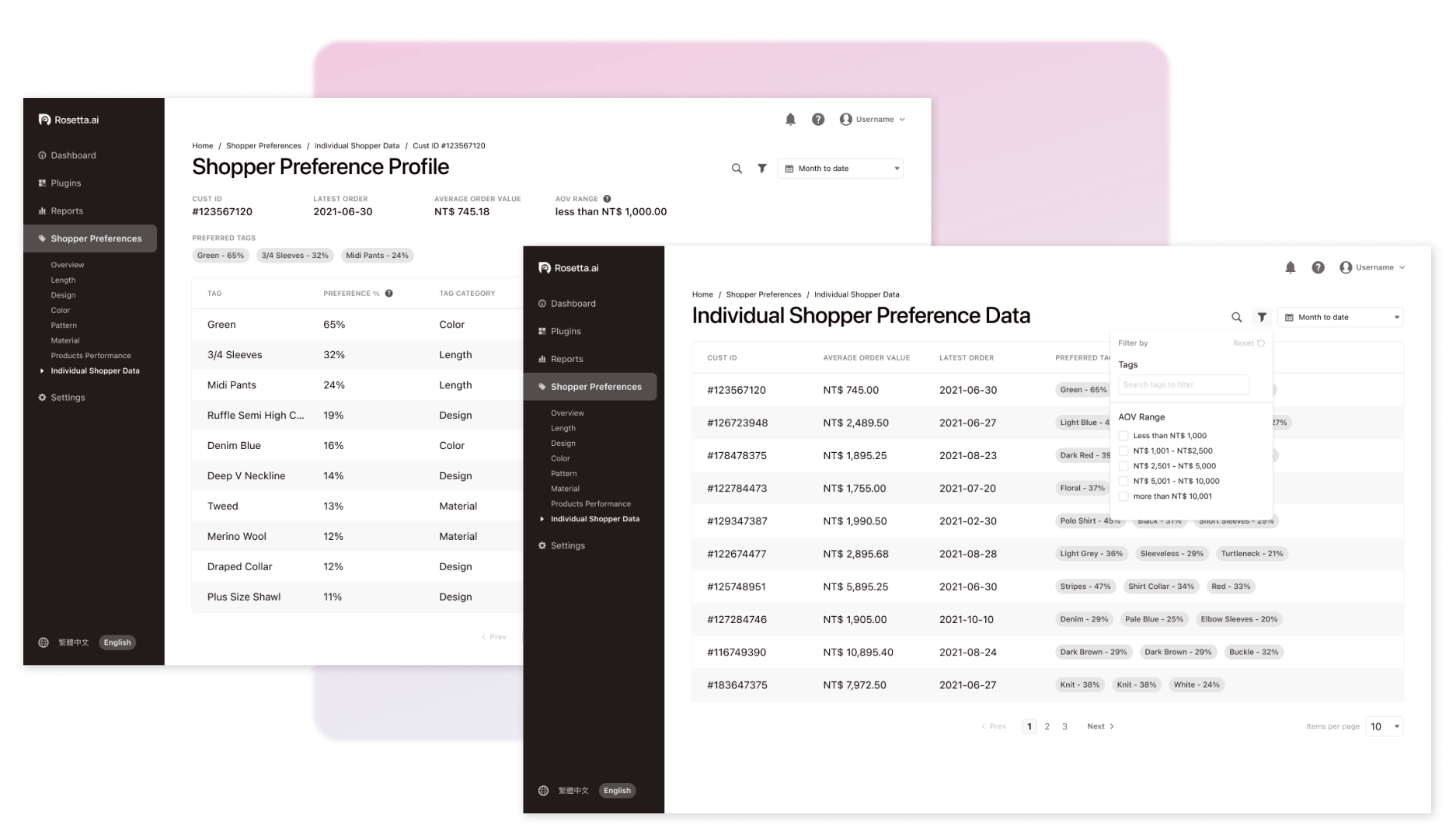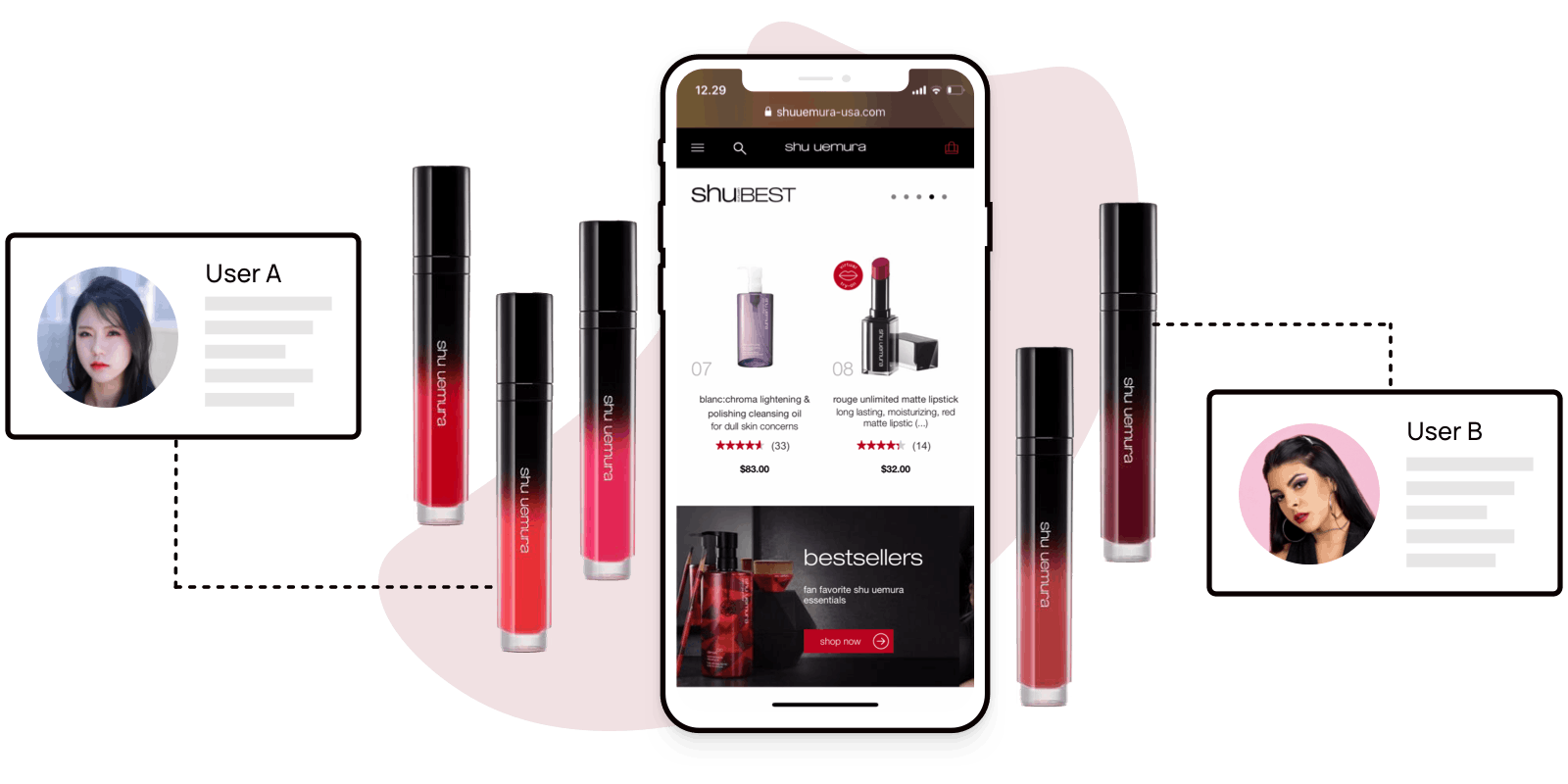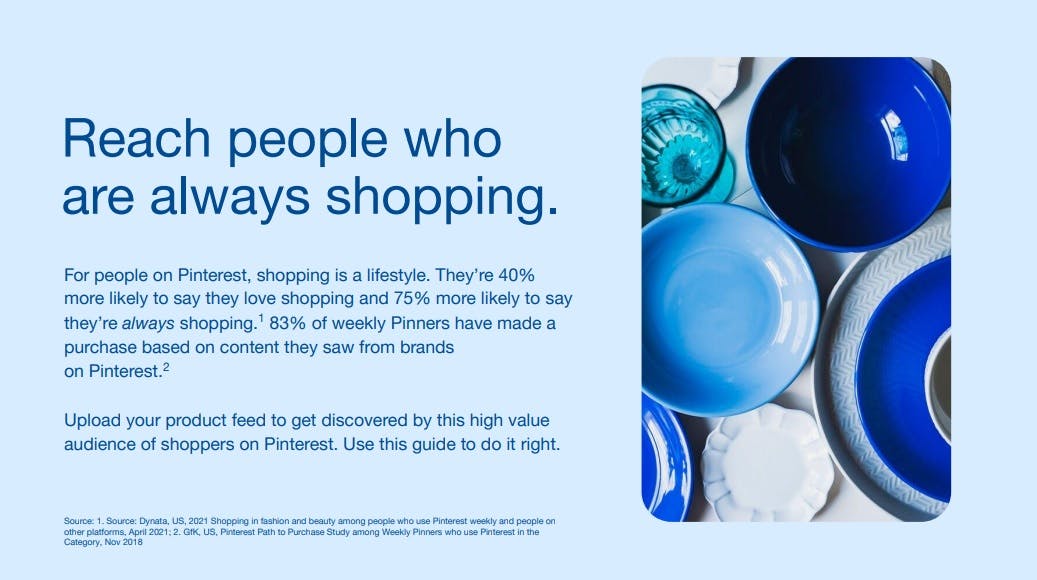Third-party cookies have been an integral part of online advertising for over two decades but they’ll soon be a thing of the past. This will wipe out a decent chunk of customer insights and consequently the ability to target and interact with these customers.
But there’s an even better choice – first-party data. In this article, we explore what it means, how you can get it, and how to harness its power for better ROAS.
Let’s get into it.
What is first-party data?
First-party data is the information that you as a company collect directly from your audience and have full control of. This could be website visits and behaviors, social media interactions, customer feedback, offline interactions, and purchasing patterns to mention just a few.
Through this information, you gain a clear understanding of your ideal customers and the best approach to getting the word out about your brand. For an already existing audience, first-party data is important in nurturing the leads, ad retargeting, and starting offline conversations.
Before we dive more into first-party data and how to effectively use it, here’s a brief rundown on some of the two other data types you’ve likely encountered – second-party and third-party data.
What is second-party data?
Second-party data is information you’re getting from another company that collected it themselves, essentially first-party data to them. Companies share such data with each other all the time and it’s just as valuable as first-party data since, in a way, it’s coming directly from the ideal customers.
Also, the fact that these companies will have slightly different approaches to customer data analytics means they can benefit from each other’s unique outlook. Additionally, second-party data isn’t always available to your competitors like third-party data, so it gives you an edge as far as staying on top is concerned.
What is third-party data?
Unlike the other two, third-party data is collected by companies that have no direct interactions with customers. Instead of targeting a specific audience, third-party data collectors go after several. They then organize it into different categories and sell it to different interested companies.
As I’ve mentioned above, this kind of information is readily available to your competitors. So while it might be helpful to an extent, it doesn’t offer much in the way of competitive advantage. Additionally, it doesn’t paint a complete and accurate picture of your customer and most of it might not even be up to date.
That doesn't mean it's useless. It's just not as useful as first-party data when it comes to getting the most bang for your buck.
How to improve ROAS with first-party data
First-party data isn’t exactly a new thing. But with the complete phasing out of third-party cookies later this year and next, it’s going to become an essential part of both online and offline advertising. It’s not a secret, if you want to get more bang for your buck on existing ad spend, you have to convert more of the traffic the ads generate — and first-party data is the key.
Collect your unique consumer insights
Step one is getting a platform for collecting data. They come in different flavors including Customer Data Platforms and Data Management Platforms, but for first-party data the Personalized Experience Platform is uniquely suited for two big reasons:
- Preference analysis data provides attribute-level consumer insights that are unique to your products
- Data collection is anonymous and GDPR compliant
Build anonymous profiles but engage personally
First-party data provides insights that can be used to develop anonymous preference profiles — if you know where to look. And indeed, once built, these profiles can develop personal relationships that build trust.
Brands that can customize their messages to match hyper-specific 1-to-1 personas can automatically personalize onsite recommendations and this has been shown to quickly increase key metrics like customer retention and average order value.
Right page, right context
Finally, first-party data gives you a glimpse of how this specific persona interacts with your company across different online and offline channels like the website, email, and mobile apps. You can learn about the kind of message that works best on each of these channels and tweak it accordingly to drive ROI. Instead of just providing a general idea about your target audience, you can zero in on specific parts of the buyer’s journey and how these parts follow each other.
Your website’s first-party data
Having a platform to collect, analyze and use your website data is the key but how does it work?
Your website is a major customer touchpoint. And with the right point of view it can offer more information about your customers than you might know.
Of course you can see the specific pages that visitors are checking out, the amount of time they spend on said pages, and the different behaviors they exhibit.
And besides that, you can also just directly collect customer details like names, email addresses, and transactions. But what if you could know why they like the products they’re looking at? That’s where AI visual recognition comes in to build preference profiles.
Preference Analytics data
The really valuable stuff for merchants of all sizes is the Preference Analytics. With the Rosetta AI Personalization Platform, your first-party data can include specific attributes that your shoppers like – including stuff like material, color, design, etc.

Profiles are built up with a unique assortment of attributes that define a unique personal style.

Then personalized product recommendations or discount promotions that are fine-tuned for individual tastes can be presented to shoppers on any page of your site.

Offsite first-part data
There’s a wealth of first-party data available to you off your site as well including email, SMS and mobile apps.
Email and SMS
Both email and SMS allow 1-on-1 interactions with your customers which gives you a granular look at their behaviors. With email, for instance, you can easily determine the open and click-through rates.
From this, you can divide your audience into groups and set up targeting campaigns that are ideal for each group.
Mobile Apps
Your mobile app users are certainly some of your most loyal customers considering that they took that extra step to, you know, download the app. That means the first-party data you’re going to get from them is extremely important in the overall interactions with your target audience.
This, of course, doesn’t apply to every piece of information you get from the app. Having specific pointers in place about the kind of data you want will be far more helpful than just trying to keep up with everything.
How to generate more first-party data
To tap into the power of first-party data, you’ll need to collect or generate it. Here are three ways of going about it.
Create attractive forms on your website
One way to get your customers’ information – specifically names and personal emails – is to ask them nicely. And forms are the perfect tool for this (though there are ways to get much more useful data).
Of course, randomly plastering a form with name and email fields isn’t exactly the best way to go about it. It has to be an exchange – you offer a certain perk or piece of content that’s only accessible once a customer fills a form.
In your case, this could be a style guide, free shipping, or discounted prices.
Explore new channels that are relevant to your brand
Google and Facebook are certainly some of the biggest ad platforms but they aren’t the only ones out there. If you have a good grip on these two, look into other channels that are ideal for your brand.
Pinterest is a good starting point if you haven’t tried it already. After all, according to Pinterest 75 percent of users here are always in a shopping mood so you have a good chance of not only getting discovered but converting sales.

Source: Pinterest
Start a customer loyalty program
There’s no doubt that loyalty programs work in attracting and retaining customers. And it goes without saying – the more customers you have around the more data you’re likely to get your hands on in the long run.
And at the end of the day, everyone gets what they want – you get the first-party data while the shoppers get rewards. Win-win.
Final thoughts
With the phasing out of third-party cookies, first-party data is more important than ever. And it’s not just a replacement. It’s a way better alternative with the potential to tremendously improve ROAS.
But that will depend on having a plan.
Knowing how to collect first-party data is important but having a marketing strategy in place to utilize it is even more valuable.







